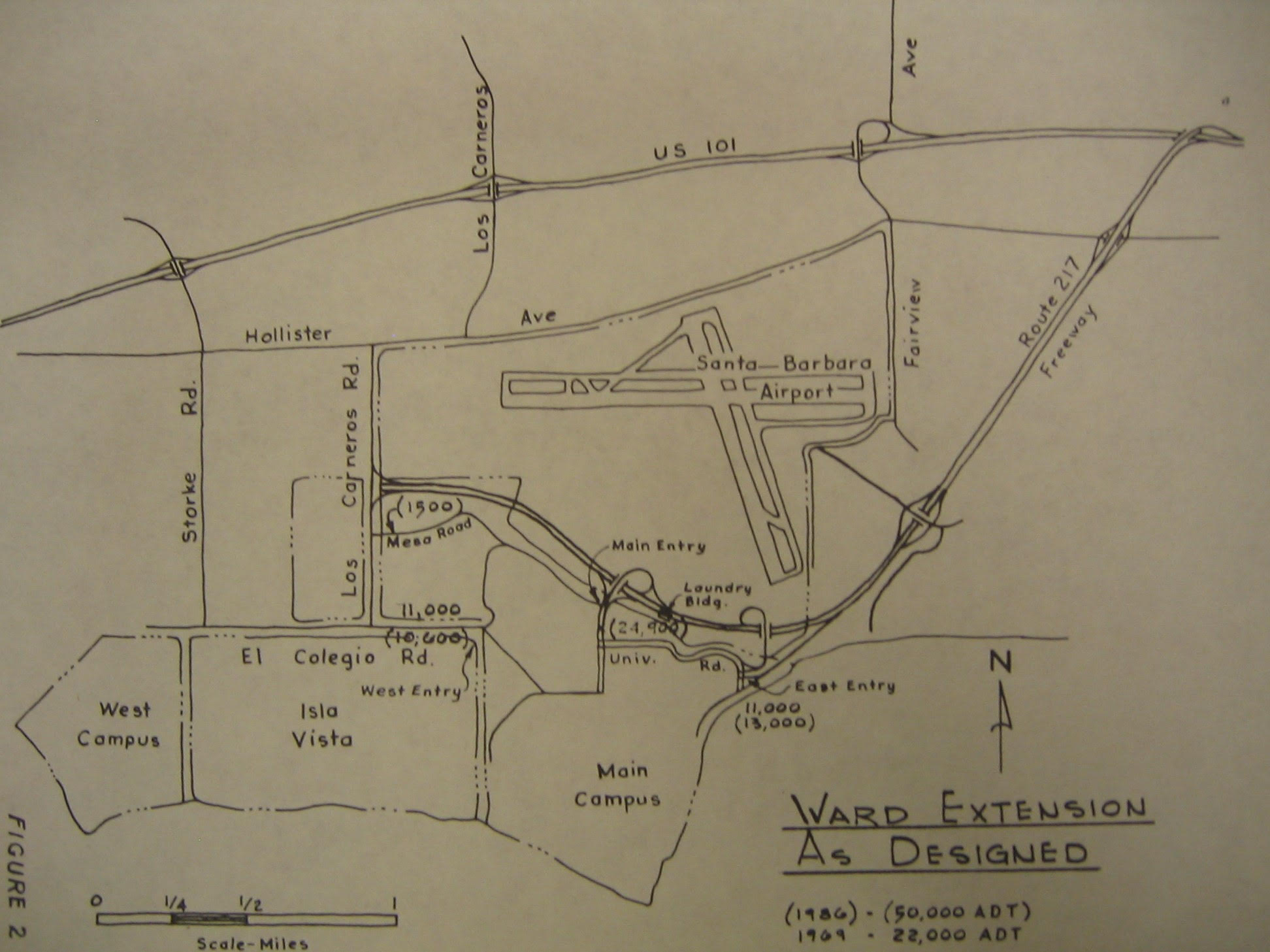Time for UCSB’s Faculty to Weigh In on Munger’s Dormzilla
Academic Senate Pressure on Past Chancellor Vernon Cheadle Saved Goleta Slough

UCSB does not grace the national news cycle and for good reason — it is a medium-size campus with no medical, law, or business schools — it is not UC Berkeley, UCLA, Davis, or UCSD, and it never will be. With the exception of the Santa Barbara Oil Spill, Bank of America burning, and riots of the early ’70s, Halloween in Isla Vista, and the mass murder of 2014 — UCSB seldom attracts headlines. Hence, universal outrage over Henry Yang’s proposed 4,500-person windowless dorm is a new chapter for the campus by the sea. Or is it?
During the late 1960s, after the Oil Spill and shortly before rioters burned the Bank of America, then-chancellor Vernon Cheadle proposed a grand entrance to the campus to accommodate increased future enrollment to 25,000 students and a projected daily vehicle count of 38,000. Like Yang his interest centered in part on the fact that money for the project came from outside the university.
Billionaire Charles Munger is offering $200 million for “Dormzilla,” conditional that it meets his windowless specifications. In Cheadle’s case, the State Division of Highways appropriated over $40 million to extend Ward Memorial Boulevard (State Route 217) through Goleta Slough, paralleling the campus and creating a new entrance. Cheadle and Yang are on a similar page a half-century apart.
Cheadle’s slough freeway and Yang’s Dormzilla differ in that the former elicited a sustained, organized response from UCSB faculty. Apart from a change.org petition from the UCSB Architectural Historians Group, there is no organized faculty response to Munger’s windowless edifice. In 1969 faculty formed the Campus Organization for a Pure Environment (COPE) to investigate Cheadle’s plan and propose alternatives to a freeway in the slough. A faculty poll showed 75 percent opposed the project. COPE reported to the Academic Senate and worked alongside Students for Environmental Defense, Sierra Club, and the Audubon Society to “Save our Slough.”
UCSB’s Academic Senate is tasked with ensuring the quality of instruction, research, and public service at the university — part of “shared governance” with the administration. Does building a 4,500-person windowless dormitory contribute to the quality of instruction at UCSB? COPE’s sensible, environmentally responsible alternative to filling in a wetland to build a freeway inspired the campus to “stand against ‘creeping civilization’” and avoid the “construction of urbanization that plagues UCLA and USC.” Their plan saved Goleta Slough and provided a blueprint for the further restoration we enjoy today thereby contributing immeasurably to the beauty and sustainability of UCSB. By planting Dormzilla and its adjoining infrastructure on the banks of Goleta Slough Yang is undoing their work, damaging the wetland, and eschewing UCSB’s environmentalist tradition.
In 1969, the Academic Senate’s’ multidisciplinary committee of 21 faculty recommended a “careful and thorough restudy of all the alternate routes for freeway entrances to UCSB.” Signors included ecologists Walter B. Muller, Joseph E. Connell, and William W. Murdoch, environmental historian Roderick Nash, historians of science and technology Lawrence Badash and Carroll Pursell, and pioneering Native Americanist Wilbur R. Jacobs to name a few. Geographer Norman Sanders led the faculty initiative. The Academic Senate has the power to address the chancellor and the regents “in any matter pertaining to the conduct and welfare of the University.” Is the current Academic Senate so cowed by Henry Yang that they cannot take a position on enrollment? On Dormzilla?
We live in turbulent times but certainly no less so than in 1969 when UCSB’s faculty defined a new environmental movement that reverberated around the globe. To his credit, Vernon Cheadle withdrew his plan for a freeway in the slough. He then faced down a chancellor’s nightmare. Riots, the bank burning, and the (still unsolved) murder of Dover O. Sharp, damaged UCSB’s reputation to the point where increased enrollment ceased to be a major concern. Cheadle persevered, but it would be years before UCSB mended its image and ties with the surrounding community.
Cheadle’s impetus for a wetland freeway was that it appeared in the 1955 Long-Range Development Plan. Likewise, Yang and his administrator toadies embrace Munger’s monstrosity because the Long-Range Development Plan calls for housing 25,000 students by 2025. In 1969, UCSB’s faculty joined students and environmental groups in telling Vernon Cheadle “No” while at the same time providing an alternative plan — enhance existing roads and restore and preserve the wetland.
Today’s faculty can play an identical role in telling Henry Yang “No, build humane, sensible housing” and meanwhile “cut enrollment.” UCSB is defined by its incomparable beauty and tradition of environmentalism — do not let Yang take that away. UCSB revised its plan in 1969, and it can do the same in 2022. It is time the Academic Senate took action.



